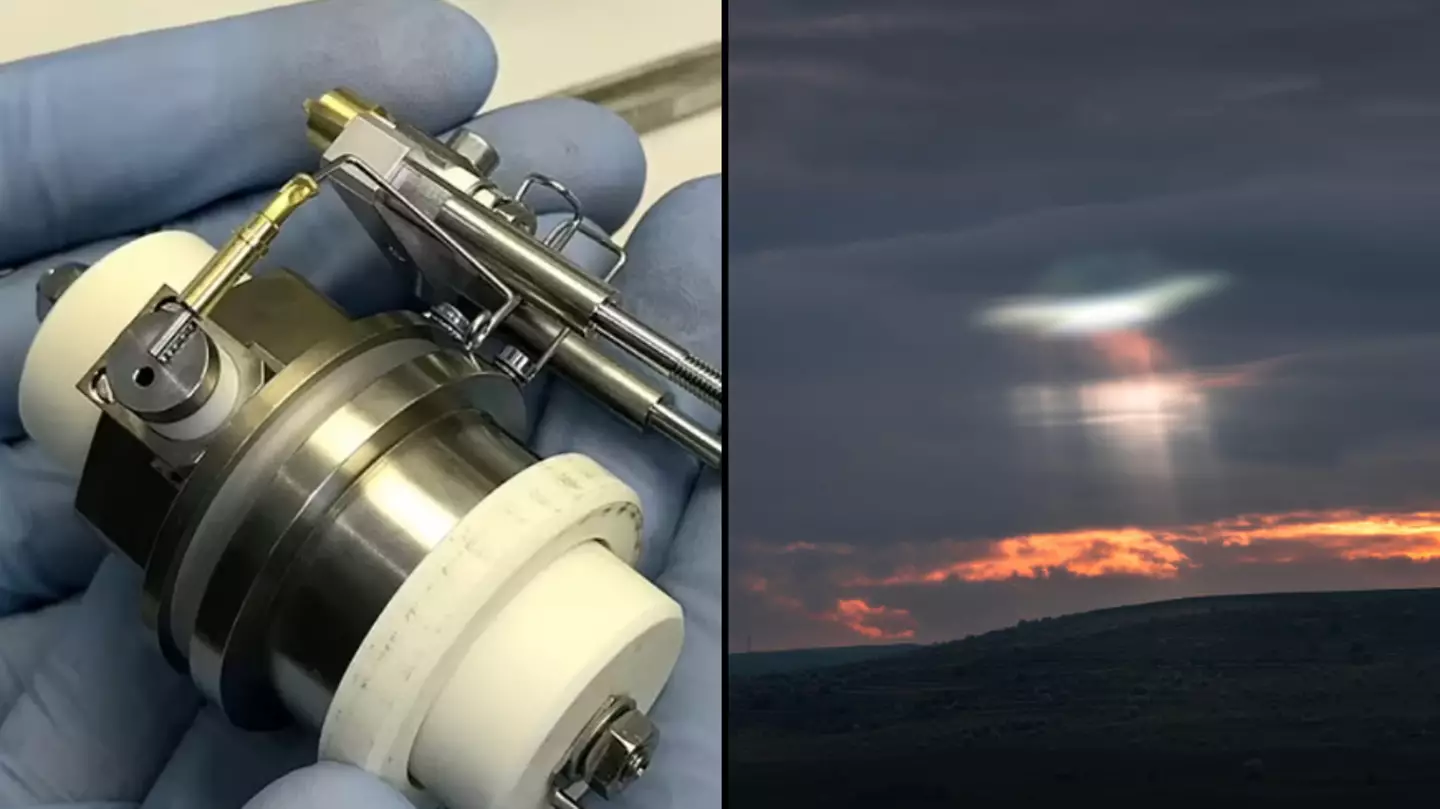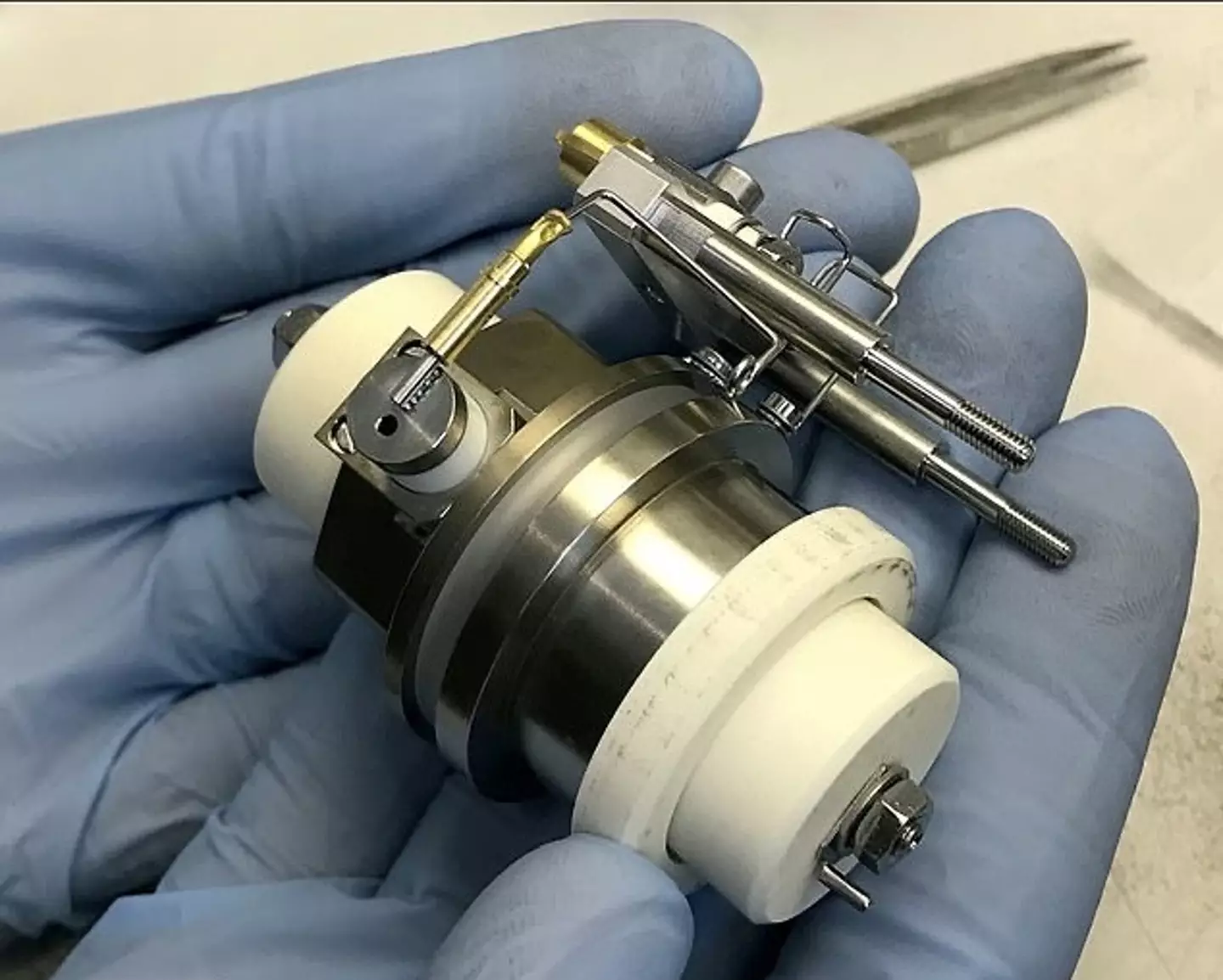
A new handheld laser could help scientists detect alien life.
Whether you believe in extraterrestrial life or not, it's always handy to make sure you're prepared for an alien invasion.
At 17 pounds, the updated handheld device is said to be small enough and light enough for astronauts to carry along with them on space missions.
The NASA-funded device - which was was announced by a University of Maryland led team - uses an ultraviolet laser to remove particles from planetary material.
Advert
These particles are then analysed with the hopes of finding organic compounds.
Scientists say the laser is much more suited to space travel than the previous, much larger, prototype and might be ready to launch into space in 'the next few years'.

"The Orbitrap was originally built for commercial use," explained lead author Professor Ricardo Arévalo of Maryland University.
Advert
"You can find them in the labs of pharmaceutical, medical and proteomic industries. The one in my own lab is just under 400 pounds - so they're quite large.
"It took us eight years to make a prototype that could be used efficiently in space - significantly smaller and less resource-intensive but still capable of cutting-edge science.
"The good thing about a laser source is anything that can be ionized can be analysed.
"If we shoot our laser beam at an ice sample we should be able to characterise the composition of the ice and see biosignatures in it.
Advert
"This tool has such a high mass resolution and accuracy that any molecular or chemical structures in a sample become much more identifiable."

The new alien-hunting laser allows scientists to access larger compounds with more complex properties in relation to biology.
Smaller compounds, such as amino acids, are a lot harder to analyse, the scientist cays.
Advert
"Amino acids can be produced abiotically, meaning that they're not necessarily proof of life," Arevalo added.
"Meteorites, many of which are chock full of amino acids, can crash onto a planet's surface and deliver abiotic organics to the surface.
"We know now that larger and more complex molecules, like proteins, are more likely to have been created by or associated with living systems.
"The laser lets us study larger and more complex organics that can reflect higher fidelity biosignatures than smaller, simpler compounds.
Advert
"I view this prototype as a pathfinder for other future LDMS and Orbitrap-based instruments.
"Our mini Orbitrap LDMS instrument has the potential to significantly enhance the way we currently study the geochemistry or astrobiology of a planetary surface."
Featured Image Credit: Ricardo Arevalo/Mihaila Cristian Ionut / Alamy Stock Photo